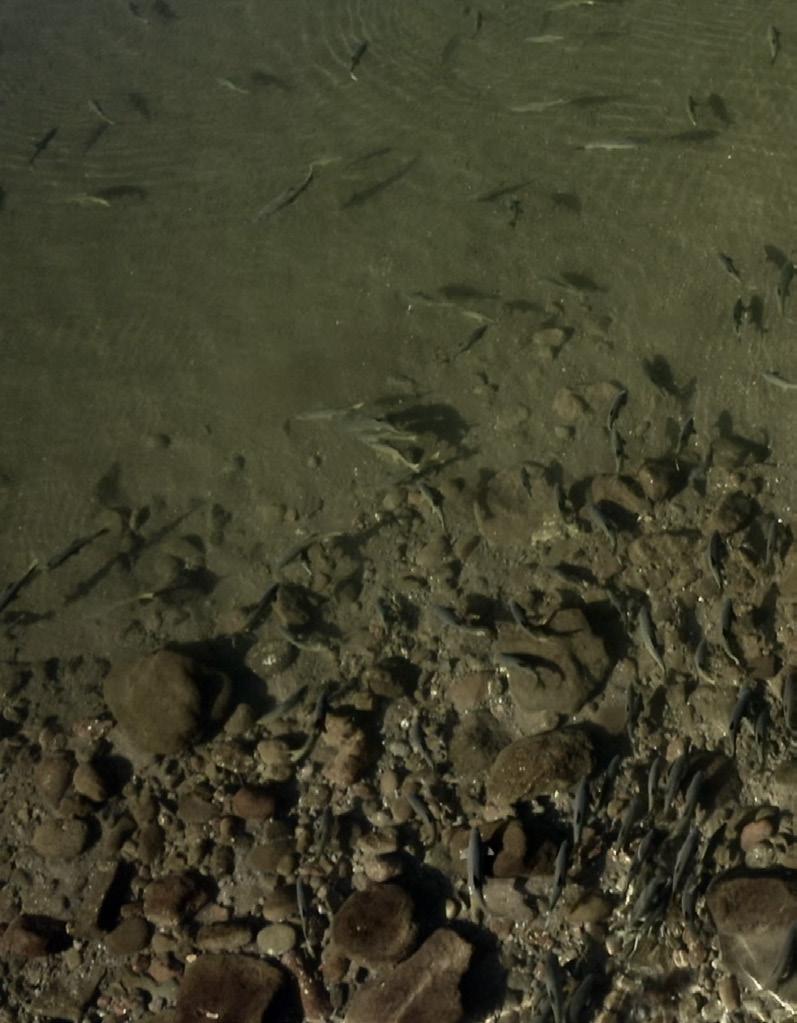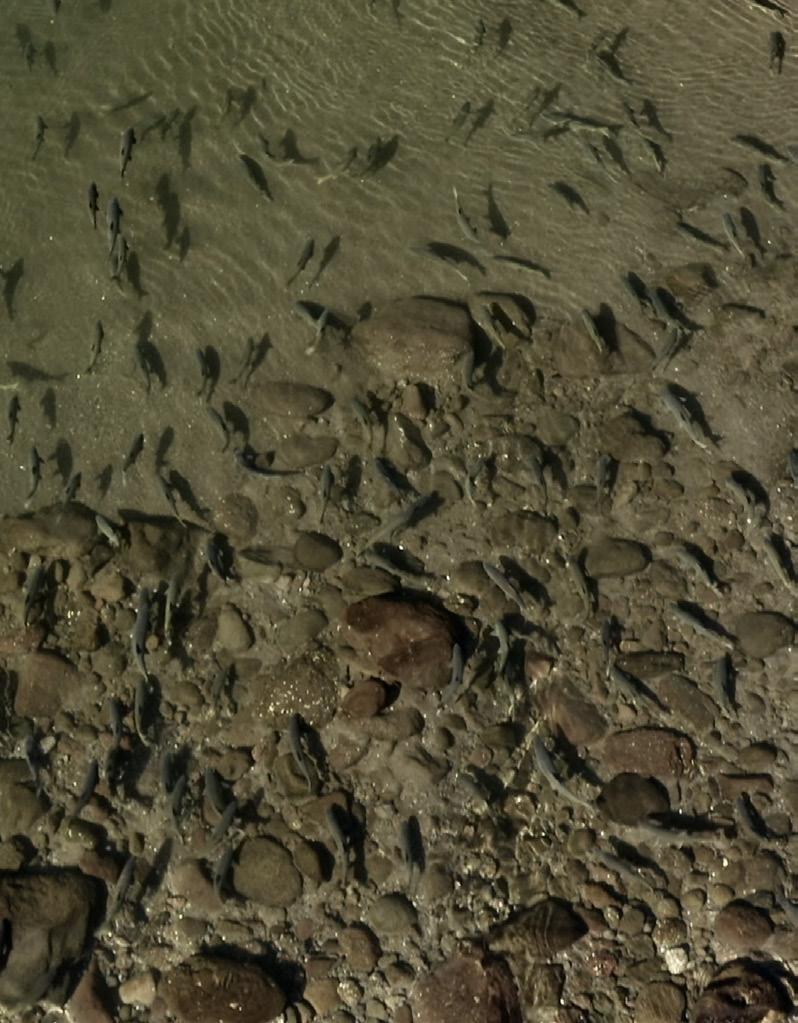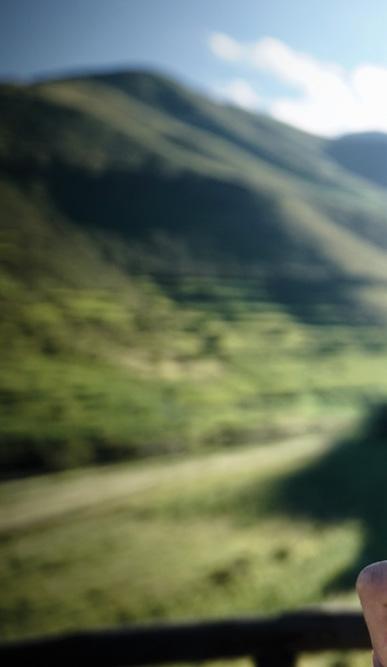
8 minute read
SHUT UP ABOUT THE FLY
FLUFF SHUT UP ABOUT THE FLY
FRESHLY RETURNED FROM A TRIP TO LESOTHO, FLY-TYING INSTRUCTOR AND AUTHOR GORDON VAN DER SPUY WOULD LIKE US ALL TO KNOW THAT WHAT’S ON THE END OF THE LINE IS ONLY 10% OF THE EQUATION.
Photos. Owen Bruce
“Just seen your Facebook post about the fly from Lesotho. Thanks for letting us know about it when we were there.” I was heading back home from the Bokong River in Lesotho from what had undoubtedly been the best ten days fishing of my life, when I received this sarcastic WhatsApp message from one of the guys who had been in camp with us. My pal, fly-fishing guide Tim Rolston, was driving at the time.
“Can you believe this?” I said to Tim, “This guy actually thinks he fished poorly because he didn’t apparently know about a fly I was fishing on the trip.” “You talking about that Spunwing Dun? “ Tim asked. “That’s the one,” I replied. “But you couldn’t shut up about that fly, it’s all you spoke about the entire time”. “My point exactly! He claims I didn’t tell them about it. Fuck, I even offered him one the second evening. Clearly he wasn’t paying attention at all.” “Well, I hate to break it to you, but you know you kind of dug your own grave with this one”, Tim said unsympathetically. “How so? I asked puzzled. “Well, you spoke so passionately about that fly the whole time that I don’t blame him for thinking that you had the silver bullet.” “But we all know that the fly is probably the last part of the puzzle in terms of one’s success rate,” I said. “There are a hundred things to consider before ever thinking about the fly.” Tim continued, “You and I know that, but most people think that the fly is the deciding factor in their eventual success. That’s why it’s easy to pin their lack of success on the fly they were using, because it allows them to ignore the fact that maybe their biggest hurdle in terms of catching fish, is their lack of understanding of what makes a fish eat a fly in the first place. Most ‘experts’ on social media are promoting the next best fly as opposed to explaining the detail behind the process of catching fish. You can’t blame inexperienced anglers for thinking that there are proverbial ‘silver bullets’. That’s the message being sent out all the time.”
I’d never thought of it like that. Rolston had a good point, which he spent the next 10 hours in the car unpacking in extreme detail. Essentially what we discussed came down to the fact that fish eat good or optimal presentations. By making the fly itself your prime factor for success you choose to ignore the many other reasons why fish actually

eat or reject a fly. I’d say the fly is probably the last piece in the puzzle. Obviously there are times when a tiny detail on a fly will make all the difference. For example a pink tag might catch more fish than a chartreuse tag on a nymph. That said, the pattern won’t matter if you can’t present it properly. Imagine the following: as the sun is setting, you’re fishing the tail of a pool on the Bokong River. It’s stacked with some hefty yellowfish and they’re all in the mood to co-operate, softly sipping down midges with the regularity of your grade two piano teacher’s metronome. You make the cast but slap the fly into the water with the subtleness of a grenade. Your casting is probably suspect and you’re fishing the fly on an 8-foot leader ending in 4X tippet that barely goes through the eye of the fly you’re fishing. You send every fish in that tail racing for cover spooking a hundred fish in the process. The guys back at the lodge gave you “the perfect fly” for this situation. They know midges come off in the evenings, but you’ve missed the opportunity of experiencing the best fishing of your life because you don’t understand the very real truth that presentation is 90% of the game. This sort of thing happens all the time. How many people do you know who actually practise their casting? I’m not talking about picking a rod up and sending the fly into the stratosphere to prove you’ve taken advantage of that Virgin Active membership. I’m simply talking about picking a target close by and accurately putting the fly on it and practising this again and again. Speak to any guide and what they wish for most from their clients is that they would cast better.
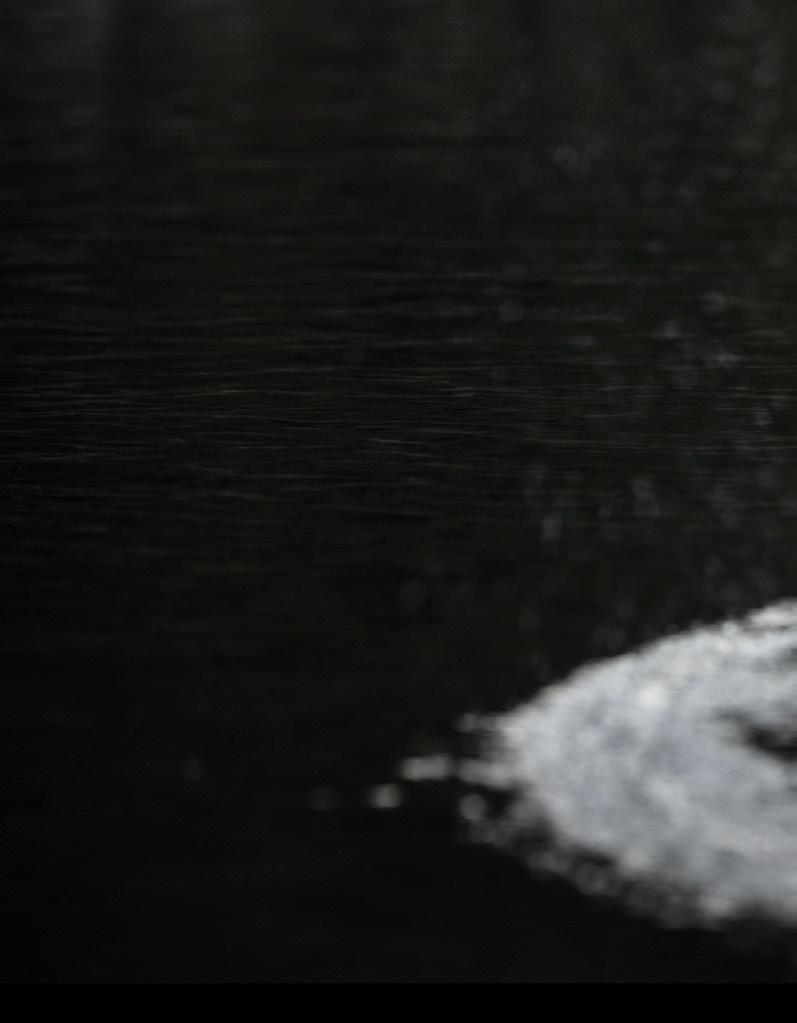

In fact, I once heard of a famous New Zealand guide who actually “auditions” his clients before agreeing to take them out fishing. They have to come to his house and show him that they can cast on his lawn. If they’re shit he simply doesn’t take them out. It makes sense. If the client doesn’t catch fish he’ll invariably pin it on the guide, irrespective of how poor his casting is. This guide knows this and has put measures in place to avoid abuse by ineffective clients.
What about people who actually spend time building and refining their own leader set ups? How many of you do that? A lot of people freak out when you make mention of long leaders. They have a mental block about them because they’re used to seeing leaders of 9 -12 ft in fly shops. Learn to fish 20 ft plus leaders effectively and you will see your catch rate climb. Long limp leaders ending in long, fine tippets are the business when dealing with temperamental fish in thin tail-outs. They give the fly freedom in the drift and support drag free drifts as they have just enough slack in the setup. Obviously, if the wind comes up, one needs to shorten them accordingly. On the Bokong River we catch large numbers of fish – it’s not uncommon to catch north of 50 fish in a day when things are good. Still, while the fish population might resemble the aquatic version of the wildebeest migration on the Serengeti, if you consider that for every fish caught another 100 have probably seen and rejected your fly, then the penny drops that it’s actually not easy fishing. If I look at the trip I’ve just been on then I can safely tell you that the guys fishing longer leader setups caught the majority of the fish. Tim Rolston had been on 8X for the most part and out-fished us all. Coincidence? I don’t think so. Another thing I noticed was that every time I’d lengthen my tippet when I felt it was getting a bit short, almost without fail I’d get a take. That little bit of extra tippet definitely helped me get better drifts and many more opportunities at fish.
The cool thing about presenting flies to hundreds of fish in a single day is that you get to see how they react to them. You can play around, make adjustments and literally see what works because you have plenty of test subjects to practise on. It’s great in terms of one’s personal research and development. Sinking the first few inches of tippet directly behind the fly definitely made a difference. Fish would often reject flies when the tippet was floating. I’d simply rub a mixture of Fuller’s Earth and dishwashing liquid onto the tippet.
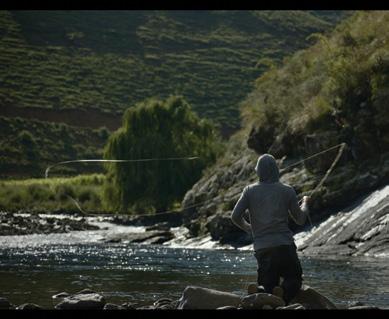
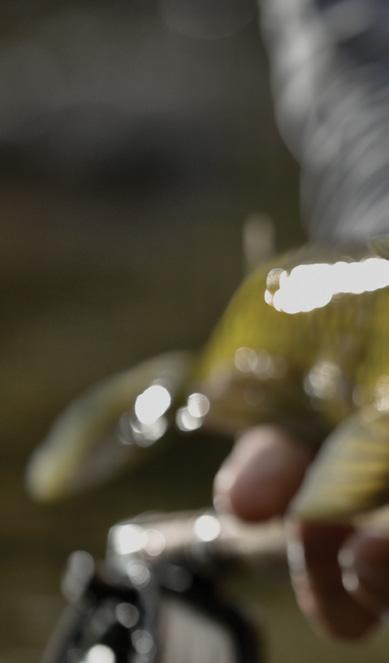

This had to be done frequently. Some guys use tippet rings and who knows what else to sink tippets, but I personally think that this can cause micro drag. A subtle, silent, considered and hidden approach will often bring you more success than boldly advertising your presence by wading like a wounded hippo and ripping line off the water with the sound of a tearing sheet. I know kneeling isn’t comfortable, but it is effective. If you need to buy a hardcore pair of padded neoprene knee guards, do it. One’s positioning in the river also determines your best line of attack in terms of drag free drifts and how the fly behaves in the drift. We live in a world of instant gratification. The idea that the fly is everything appeals to your average fisherman because it’s simple. By blaming the fly for your lack of success you take the attention away from the fact that maybe, just maybe, it isn’t only the fly that is the problem. Sure, purpose-driven flies that are tied to present optimally are important but they are not the only thing to consider. Learning to present a fly properly takes practice, dedication and solid work. There are no shortcuts. You need to understand the mechanics behind optimal presentations, because when you do and you experience how fish in most instances prefer optimal presentations, you will become a thinking angler as opposed to a slavish disciple of fly patterns. Try it! Keep an eye out for Owen Bruce’s short film on Gordon van der Spuy, shot on location on the Bokong River in Lesotho. Follow @the_craft_flyfishing on Instagram for more.
